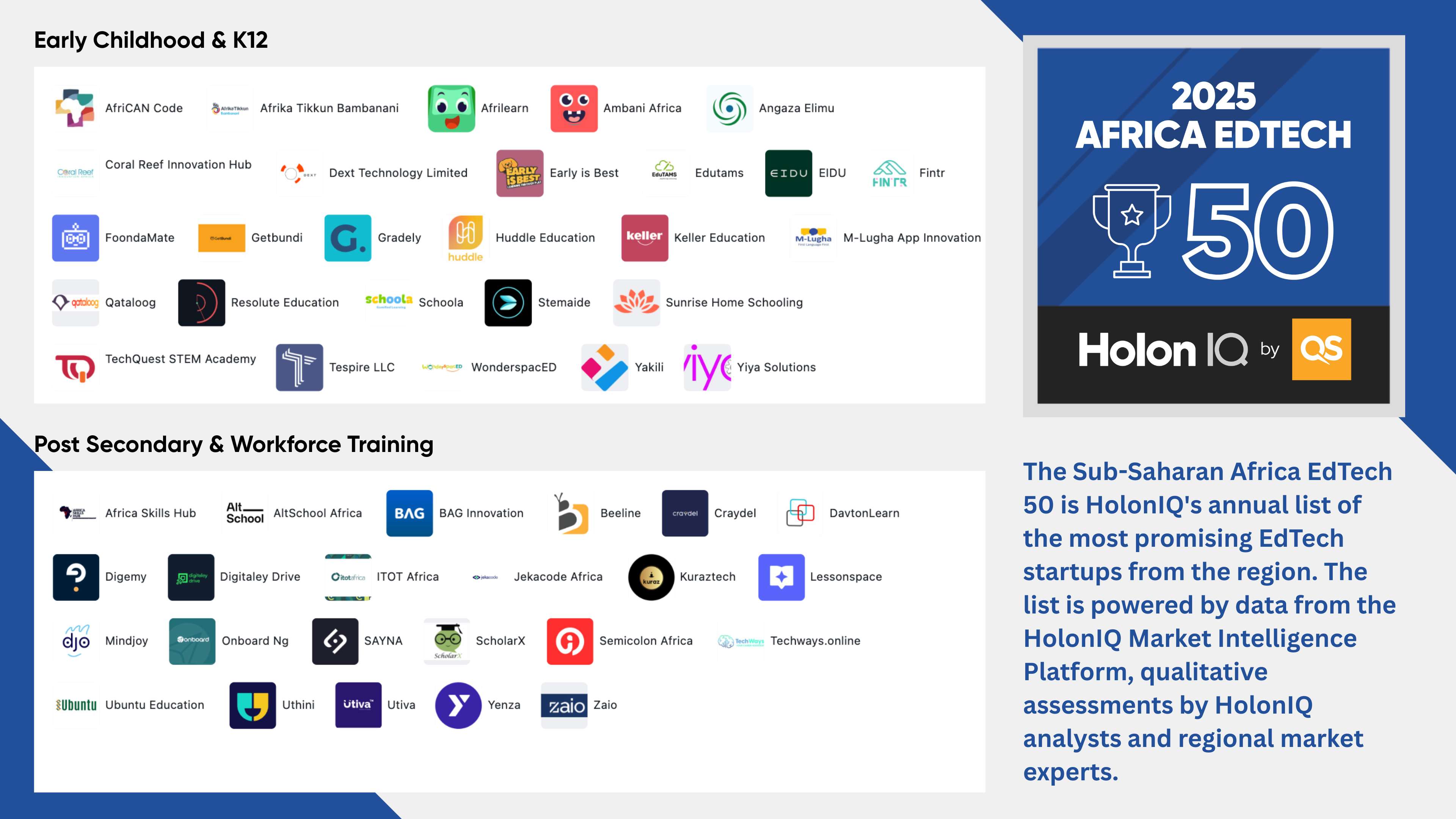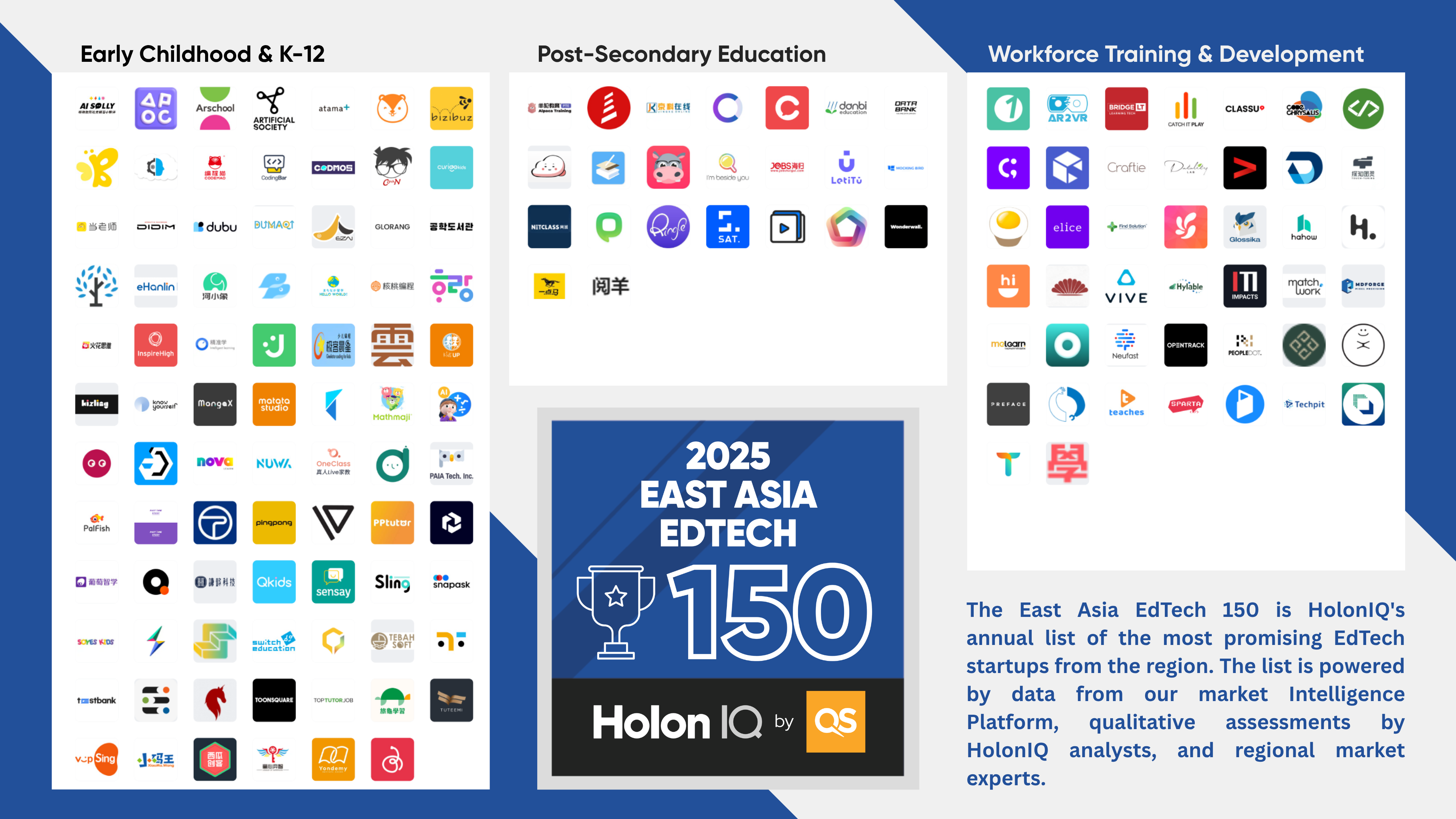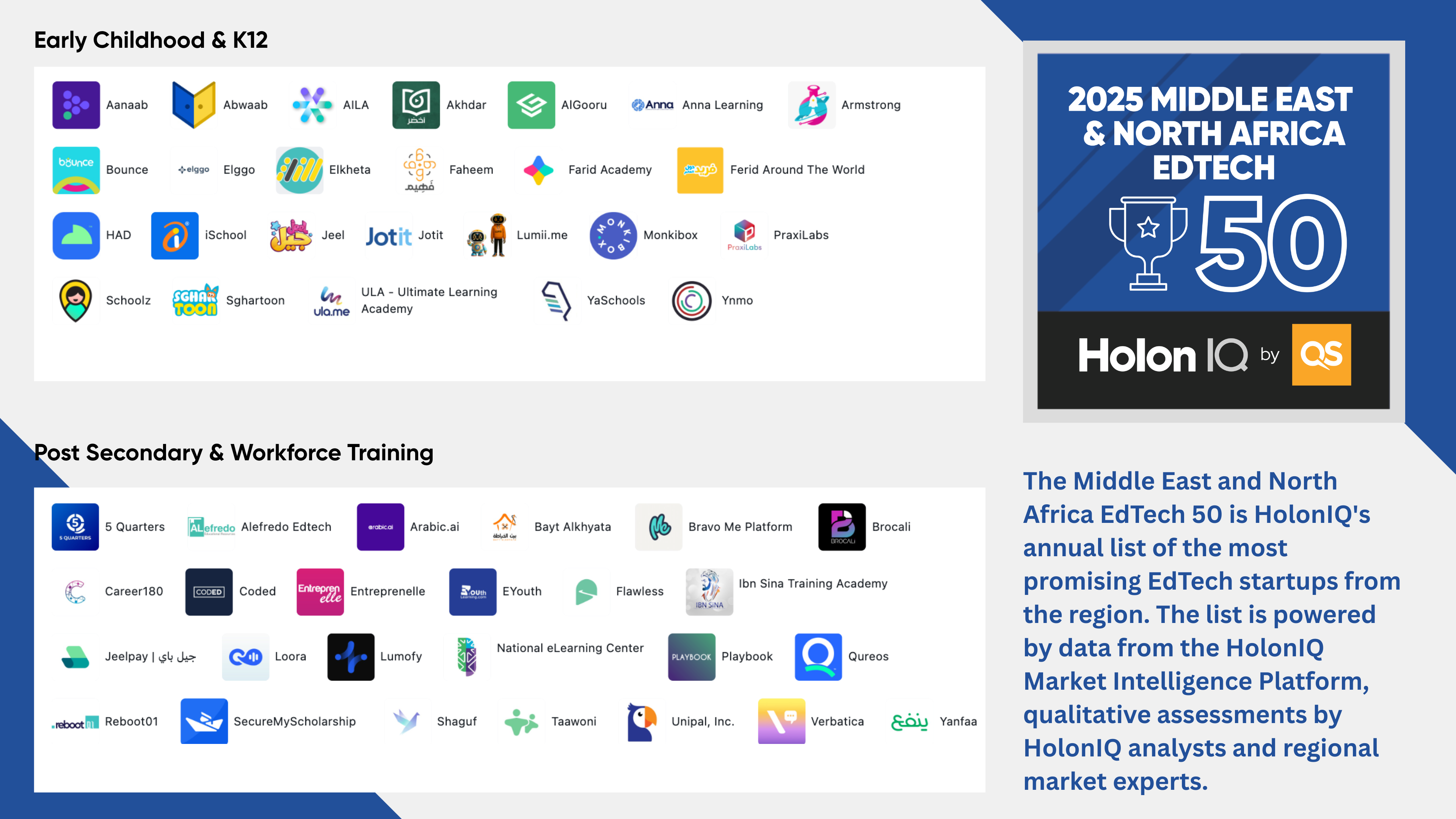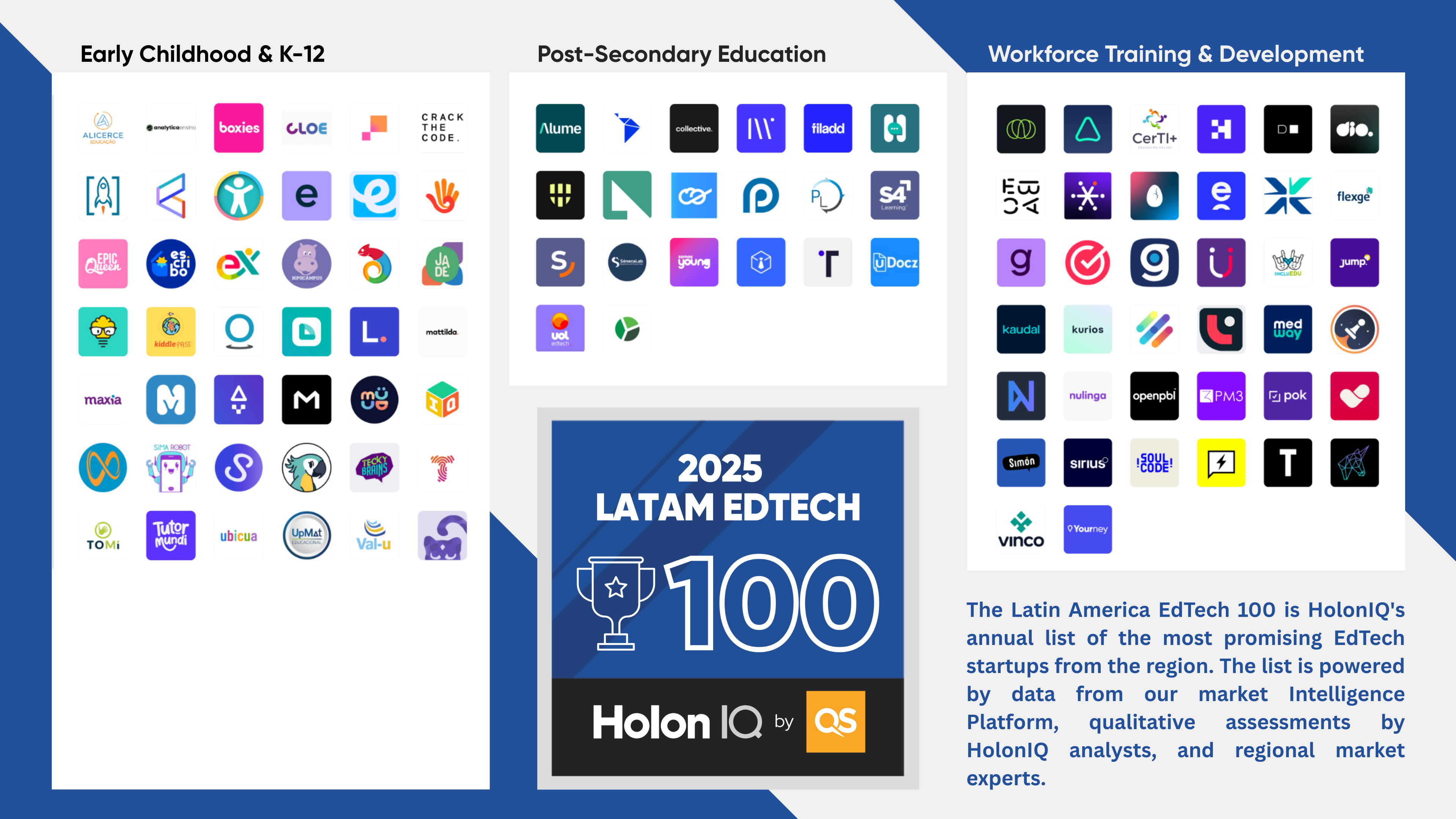The 2022 Global State of Women's Leadership
International Women’s Day (March 8, 2022) is a global day celebrating the social, economic, cultural and political achievements of women. The day also marks a call to action for accelerating gender parity. Whilst gender stereotypes are being challenged and diverse representation of women is more evident, there is a continuing need for more progressive mindsets and inclusive behaviors worldwide.
In 2022, the theme of International Women’s Day is #BreakTheBias. There are many examples of gender bias, both conscious and unconscious – and each impacts women in different ways, including in the workplace and leadership roles. We want to celebrate the many achievements of women leaders, acknowledging hard-won gains over many decades, whilst keeping in focus the need to accelerate progress into the future.
Gender balance is not solely a women’s issue, but also an economic issue. Our 2022 analysis of the global state of play for Women Leaders offers an opportunity to see the big picture and challenge the status quo as we look across gender diversity benchmarks in different impact industries across the globe. COVID-19 continues to have a disproportionate impact on women, for example, whether through job losses, caring responsibilities or discrimination in the workplace.
The chart below highlights the challenge and opportunity ahead, highlighting how significant women’s leadership is on the ‘frontlines’ of education and healthcare, and yet slow to change in leading countries, institutions and firms that are re-shaping society. It is our collective responsibility to take diversity in all of its forms much more seriously and urgently to ensure countries and industries everywhere realize the benefits of diverse leadership.
Download in PNG

Charting the 2022 Global State of Women's Leadership
Over the last 10 years, in particular, a significant amount of research has been conducted on gender diversity in leadership. We start by sharing the diversity research for some of our most important workforces where women are very well represented and conclude with leadership cohorts where women are grossly under-represented.
Teachers
75% of teachers in the US are female and roughly 80% of US teachers are white – serving a student body that is roughly 50% female and 50% white.
Brooking’s looked into the female dominant teacher workforce in the US, concluding it is not worrisome in most circumstances; more female teachers may even be preferred in math and science classrooms. The Brookings Institute argues in this circumstance, that promoting gender diversity in the teacher workforce does not warrant equal priority to that given racial and ethnic diversity. Targeting male teachers of color is the only place considered there is strong enough rationale to warrant recruiting more males into the profession, though it is not clear recruitment efforts alone would be enough to make much of a difference.
Source. Brookings, US Department of Education

Healthcare Workforce
200 million healthcare workers globally contribute to our wellbeing and women make-up 70% of the workforce. Yet, half of women’s contribution to global health is unpaid. The ILO-OECD-WHO Working for Health programme in collaboration with the Global Health Workforce Network Gender Equity Hub aims to accelerate the expansion and transformation of the health and social workforce. The gender dividend and SDG gains are clear but require carefully prioritized public and private investments into the health and social workforce.
Source. World Health Organization

School Principals
In public schools across the US, women make up 54.2% of school principals, according to the AFL-CIO’s Department for Professional Employees. Close to 68% of elementary school principals are women, while men make up 67.3% of high school principals and 60% of middle school principals.
Of the US’s 13,728 superintendents, 1,984 today are women, nearly doubling from the 1990s (6.6%) to 13.2% today.
Source. AFL-CIO, American Association of School Administrators, US Department of Education.

Academia
Women in the United States held nearly half (49.7%) of all tenure-track positions in 2018, but they held just 39.3% of tenured positions. While women represent just over half (52.9%) of Assistant Professors and are near parity (46.4%) among Associate Professors, they accounted for just over a third (34.3%) of Professors in 2018.
Women academics in Europe held 41.3% of academic positions across the 28 countries of the European Union (EU-28) in 2016. In 2018–2019, women in India held 27.3% of Professor and equivalent faculty positions, 36.8% of Reader and Associate Professor faculty positions, and 42.6% of Lecturer/Assistant Professor faculty positions. In Australia, women held 46.8% of Senior Lecturer faculty positions and just 33.9% of above Senior Lecturer faculty positions. However, women held 54.7% of Lecturer faculty positions and 53.8% of Below Lecturer faculty positions. In Japan, women represented over half (52.3%) of full-time junior college teachers in 2018, but just 24.8% of full-time university teachers.
Source. Catalyst, Quick Take: Women in Academia (January 23, 2020).

University Presidents and Vice Chancellors
Women lead 20% of the world’s top universities, based on World University Rankings data from Times Higher Education. Forty-one of the top 200 universities in the latest 2021 ranking from THE have a female leader, up from 39 (19%) in 2020 and 34 (17%) in 2018. Nearly a quarter of universities in the top 100 have a female leader (24%) compared to 17% in the 100-200 band.
Eleven women appear in the list for the first time this year, with ten replacing men in the past 12 months. But progress is slow. Three female-led institutions from the 2020 ranking have dropped out of the top 200 in 2021, while six have seen changes in leadership. In every instance, this leadership change has seen the incumbent replaced by a man.
The US has seen the biggest decline in terms of the number of universities led by women, with just 10 of its 59 top-200 representatives (17%) having a female leader in 2021 (down from 13 out of 60 last year). However, Germany counteracted that loss; four of its 21 universities (19%) are now led by women, up from just one out of its 23 representatives in 2020.
Source. Times Higher Education

US Startups
14% of US startups have a female CEO according to Silicon Valley Bank’s 2020 Women in US Technology Leadership Report.
The percentage of US startups with at least one female founder has been growing in recent years, and now stands at 28% (from 22% in 2017). 42% of US startups have at least one woman in the C-suite and 40% have at least one woman on the board of directors. For startups with a female founder, 46% have a female CEO (often a startup founder serves as CEO). Conversely, just 2% of startups with a male-only founding team have a female CEO.
Interestingly, startups with a female founder are slightly less likely to rely on venture capital and slightly more likely to tap friends and family for their next source of funding. A small percentage of US startups set hiring goals specifically for women in startup executive positions (17%). Those companies using goals more typically apply them companywide (36%) or to attract female board members (33%).
Source. Silicon Valley Bank

Healthcare
Women make up approximately 30% of C-suite teams in Healthcare and 13% of CEOs according to Oliver Wyman’s 2019 Women in Healthcare Leadership report. Meanwhile, healthcare in the US is an industry where women consumers make 80 percent of buying and usage decisions and represent 65 percent of the workforce.
The report cites that Healthcare, unlike other industries, does not have a “women in healthcare” problem, but a “women in healthcare leadership” problem.
Source. Oliver Wyman, Women in Healthcare Leadership.

HolonIQ 2021 EdTech 1000
130 CEOs from HolonIQ’s 2021 Education Technology 1000 are women. We’re celebrating this inspirational cohort and hoping this spotlight inspires action and support for more women entrepreneurs around the world.
Source. HolonIQ 2021 EdTech 1000

HolonIQ 2021 Climate Tech 1000
94 CEOs from HolonIQ’s inaugural Climate Tech 1000 are women. We’re celebrating this inspirational cohort and hoping this spotlight inspires action and support for more women entrepreneurs around the world to lead us towards a cleaner, more sustainable future.
Source. HolonIQ 2021 Climate Tech 1000

HolonIQ 2021 Digital Health 1000
80 CEOs from HolonIQ’s inaugural Digital Health 1000 are women. We’re celebrating this inspirational cohort and hoping this spotlight inspires action and support for more women entrepreneurs around the world.
Source. HolonIQ 2021 Digital Health 1000

Fortune 500
41 of the companies in the 2020 Fortune 500 are led by female CEOs or 8.2%.
The Fortune 500 ranks America’s largest companies and has long been seen as a microcosm of U.S. business at large. The 2021 tally beats last year’s 37, which was itself set a new record and for perspective, twenty years ago, women led two companies in the Fortune 500.
Only in the past five years has the growth of women in these roles accelerated past the low 20’s — a general upwards trend, though there have been dips along the way.
Source. Fortune 500 and Wikipedia’s List of women CEOs of Fortune 500 companies.

S&P500
Women currently hold 31 (6.2%) of the 500 CEO positions based on the February 2022 S&P 500 and according to Catalysts Women CEOs of the S&P500 at 1 February 2022.
The S&P does change its constituents from time to time and numbers vary with new appointments and resignations. According to the Women’s Business Collaborative, in December 2019, Women held 30 (6.0%) of CEO positions in S&P 500 companies, at the start of 2020, women comprised 6.7% of CEO positions and with the close of 2020, women held 7.8% of CEO positions across all companies.
NASDAQ put forth its commitment requiring its 3,000+ companies listed to improve boardroom diversity by appointing at least one woman and at least one minority or LGBTQ+ person. WBC and members of its Women in the Boardroom Initiative (a total of 11 partner organizations) voice support for NASDAQ’s commitment. WBC calls for women to hold 30% of Fortune 500, S&P and Russell 3000 seats by 2025 and 10% of those women be women of color.
Source. Catalyst, Women CEOs of the S&P 500 (February 1, 2021) and Women Business Collaborative.

STOXX 600
Just 4.7% of CEOs at Europe’s top companies were women in 2019, according to new research by European Women on Boards.
That means just 28 of the continent’s 600 most valuable public companies had hired a female chief executive.
Europe’s Stoxx 600 index is comprised of the 600 highest-valued public firms in Europe. Businesses from 17 countries were included in the analysis.
Source. European Women on Boards

Russell 3000
162 female CEOs represent 5.4% of all CEOs in the Russell 3000 according to the Conference Board. This percentage has not really changed from 2017 through 2020.
Real estate, financials, and information technology companies report the lowest percentage of women CEOs (3.1 percent, 3.4 percent, and 3.6 percent, respectively). Utilities (10.7 percent), communication services (7.6 percent), and consumer discretionary companies (7.5 percent) have the highest.
Interestingly, most female CEOs are found at manufacturing and non-financial services companies with annual revenue of less than $4.9 billion (specifically, 107 of 137 female CEOs of manufacturing and non-financial services companies in the Russell 3000, or 78.1 percent). Among real estate and financial firms, most female CEOs lead companies with asset values between $1 billion and $9.9 billion (16 of 25 female CEOs of real estate and financial companies in the Russell 3000, or 68 percent). Of the 122 real estate and financial firms with asset values greater than $25 billion, only five are led by a woman (or 4 percent of the companies in this size group).
Source. The Conference Board

FinTech
There are less than 30% of women in FinTech, less than 5% of them are CEOs and less than 20% of women occupying executive positions according to NS Tech.
Women’s decision-making presence in the industry is firmly underrepresented, which is why fintech lacks developmental speed and strength. The blame falls on the gender balance in the industry. Today, it becomes more important than ever to decrease the gap between men and women in the fintech industry to improve the product development process that addresses the needs of all users and generates diversity across the entire playing field for success.
Source. NS Tech

Unicorns
Female founder-CEOs lead 4% of the “unicorn” startups valued at more than $1 billion.
Sources. Fortune and Techcrunch

Women CEOs at IPO
Each year since the New York Stock Exchange was founded, in 1817, hundreds of companies have gone public. Historically and until today, less than 30 women have ever founded and led a company through to an IPO on the NYSE.
2021 was a record year for initial public offerings in the US, with 1035 throughout the year, up from 480 in 2020 and 230 in 2019. Yet only five of those were companies founded and led by women in 2021, according to research by Business Insider and information provided by Nasdaq. Some companies have gone public with female CEOs who were not their founders, but that number is small compared to the majority. Only nine companies fit that description in 2020.
Source. Business Insider

Heads of State
There are currently 193 UN Member States and 189 Members of the World Bank. 28 states are led by women, we’ve linked to each of those leaders below on Wikipedia.
Ana Brnabić – Prime Minister of Serbia, Bidhya Devi Bhandari – President of Nepal, Fiamē Naomi Mataʻafa – Prime Minister of Samoa, Halimah Yacob – President of Singapore, Ingrida Šimonytė – Prime Minister of Lithuania, Jacinda Ardern – Prime Minister of New Zealand, Kaja Kallas – Prime Minister of Estonia, Katerina Sakellaropoulou – President of Greece. Katrín Jakobsdóttir – Prime Minister of Iceland, Magdalena Andersson – Prime Minister of Sweden, Maia Sandu – President of Moldova, Mette Frederiksen – Prime Minister of Denmark, Mia Mottley – Prime Minister of Barbados, Paula-Mae Weekes – President of Trinidad and Tobago, Robinah Nabbanja – Prime Minister of Uganda, Rose Christiane Raponda – Prime Minister of Gabon, Sahle-Work Zewde – President of Ethiopia, Salome Zurabishvili – President of Georgia, Sheikh Hasina Wajed – Prime Minister of Bangladesh, Sanna Marin – Prime Minister of Finland, Najla Bouden – Prime Minister of Tunisia, Samia Suluhu Hassan – President of Tanzania, Sandra Mason – President of Brabados, Saara Kuugongelwa – Prime Minister of Namibia, Victoire Tomegah Dogbé – Prime Minister of Togo, Vjosa Osmani – President of Kosovo, Xiomara Castro – President of Honduras and Zuzana Čaputová – President of Slovakia.
Source. HolonIQ, Reuters, Wikipedia.










.png)







